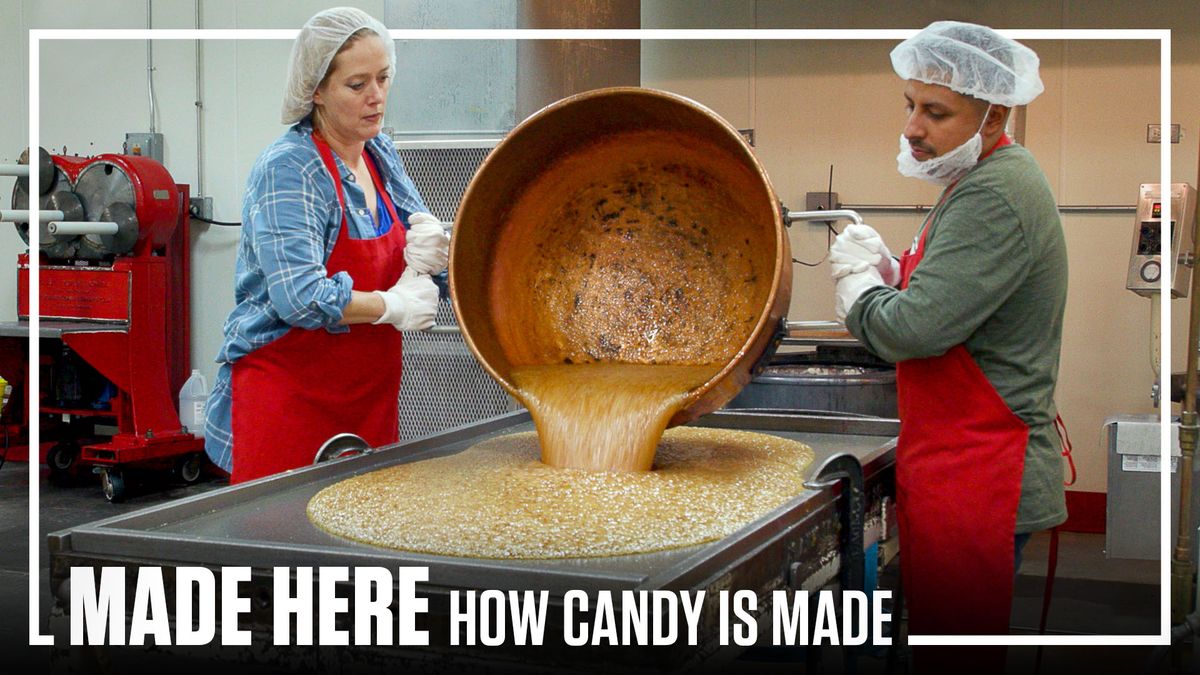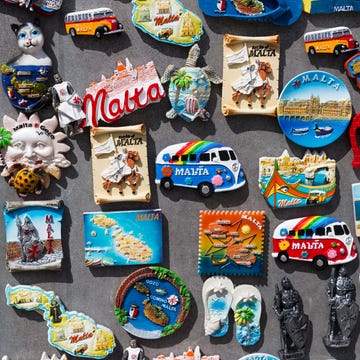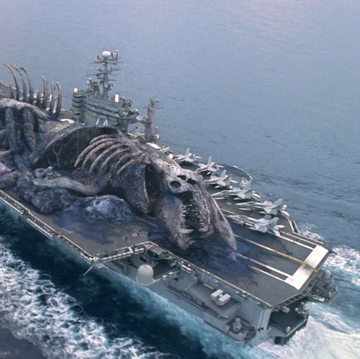We are watching the final weeks of TV's most popular meth cook. The AMC series Breaking Bad has chronicled the exploits of Walter White, a high school chemistry teacher turned drug lord with an ingenious recipe for ultrapure methamphetamine. But does Walter White's coveted formula have any basis in reality?
"Breaking Bad does a really great job with the science," says Jonathan Parkinson, an analytical chemist and blogger. "You can tell the writers have done their homework."
Early in the show, Walt abandons the real-life technique of transforming Sudafed, an over-the-counter decongestant, into meth. Sudafed—watched closely by the Drug Enforcement Administration—is a permanent bottleneck for any would-be meth cook. Instead, Walt refines a process to synthesize the drug from the ground up: the P2P cook. Though Parkinson himself has never made methamphetamine, he says Walt's P2P formula is true to science—with one crucial caveat.
[Note: Sorry would-be meth entrepreneurs, the chemical processes described here won't help you start your own thriving drug business. We've left out a few crucial steps and details. This just isn't our kind of DIY advice.]
Walt's Cook
Breaking Bad's writers are certainly correct that Sudafed can be turned into methamphetamine rather easily. Although the effects are wildly different, pseudoephedrine (the active ingredient in Sudafed) is almost the same molecule as meth, and turning one into the other takes just a few steps. By combining red phosphorus (scraped from matchbox strike strips) and iodine, a person can create a strong acid that will remove the little cluster of hydrogen and oxygen that separates Sudafed from meth. "But the P2P method is a little more complicated," Parkinson says. It requires assembling the molecule piece by piece.
P2P gets its namesake from phenyl-2-propanone, the intermediary molecule Walter White makes in process. P2P shares the same basic shape as methamphetamine and Sudafed. Like a skeleton key, it's a circular carbon loop (called a phenyl ring) with a short carbon neck bonded to a few teeth of clustered chemical groups. To turn P2P into meth, you just have to change the teeth.
In reality, as on the show, the DEA is well aware of this process and keeps a close watch on P2P. To avoid detection, White synthesizes his P2P from a particular foul-smelling organic compound that Parkinson says that any chemist worth his sodium could create. (Jessie Pinkman, Walt's ex-junkie partner, is mocked by a cartel chemist for his inability to make the acid.) From there, Walt switches the teeth on the molecular key by "reacting it with methylamine," Parkinson says, which is where the "meth" part of methamphetamine gets its name.
In Breaking Bad, Walt is forced to steal great quantities of methylamine to keep his laboratory churning out drugs. However, Parkinson says, that's a bit of unnecessary drama. "Realistically, Walt would make his own from [a couple of easy-to-access chemicals]," he says. "It's not very difficult to do. That kind of puzzled me, but I'm guessing that stealing methylamine is just way cooler."
Walt's last couple of steps to complete his cook involves honing the teeth of the molecular key by adding a dash of hydrogen atoms. It's a process called reductive amination and is also true to life, Parkinson says.
Every step of Walt's P2P cook mirrors the real chemical process. But would this procedure done perfectly—with the right temperatures, timing, and methods—produce Walt's nearly 100 percent pure methamphetamine? Not even close.
Mirror Molecules
When Walt adds methylamine to his P2P, he actually creates two kinds of molecules that are a mirror image of the other. This is because the methylamine can form a tooth on either side of the key, which a chemist can't control for. "So you create a 50/50 mixture," Parkinson says.
And similar to how carbon can form diamonds or charcoal, depending upon how it's arranged, even subtle changes in molecular structure can lead to dramatically disparate properties. With some of the teeth on the wrong side of the key, methamphetamine's mirror molecule—called its enantiomer—won't do what meth does to the body and the brain. "One will get you high, and the other is a decongestant," Parkinson says. Strangely enough, meth's enantiomer is the active ingredient in Vick's Vapor Inhaler.
Right off the bat, then, this fact of chemistry cuts the purity of Walt's cook down to 50 percent. You could shrug off this problem as the writers' creative license, but Walt seems entirely aware of it. Parkinson mentions that in "Boxcutter," the premiere episode in season four, Walt alludes to the issue as he derisively quizzes a nonchemist attempting to copy his formula. "If our reduction is not stereospecific, then how can our product be enantiomerically pure?" Walt asks. In other words, he's saying: If we're making both of the mirror molecules, how is our product pure?
Parkinson says that there are ways to isolate methamphetamine from its mirror molecule, but "it's going to make your whole process a lot more expensive and time-consuming." And based on the montages of the chemistry, he says, Walt doesn't appear to be using any of the known methods.
It's probable that the writers are simply taking liberties, but there is one, albeit unlikely, solution. And it might explain Walt's pride in his chemistry and his destructively protective regard for his formula: Walt somehow discovered a simple, cheap, and brilliant way to make the P2P cook enantiomerically pure. This might tie in the other mystery of Walt's cook: that the meth he makes is blue. "The color is also really odd," Parkinson says, "particularly because there aren't any impurities in the P2P process that would make it blue."
In the end, Parkinson says that whether or not the writers of the show have a secret solution to the P2P enantiomer problem, as a chemist he doesn't mind. "It doesn't bother me," says Parkinson, "It's a very creative show, and I think the liberty like that just creates the possibility that Walter did something incredibly brilliant, which, though unlikely, makes it all the more interesting."








